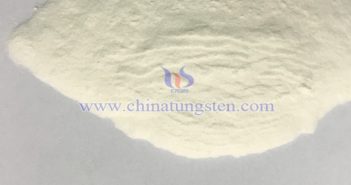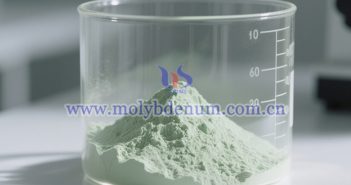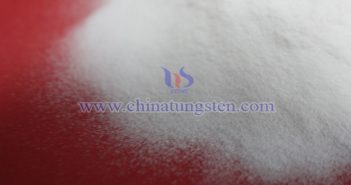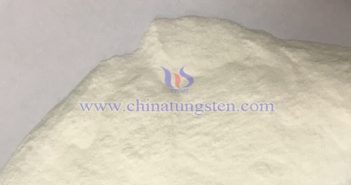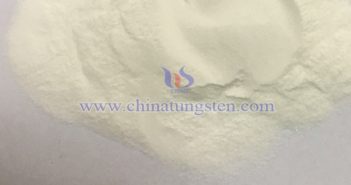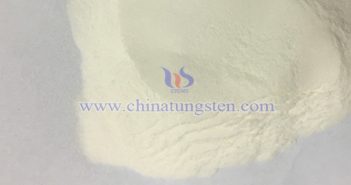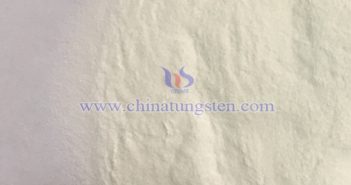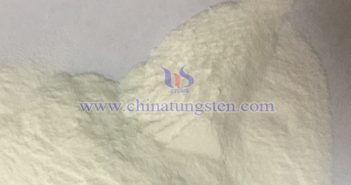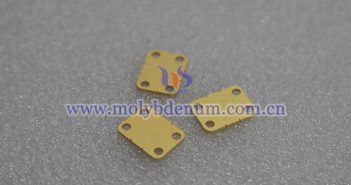
Molybdenum copper sheet is a composite material made from metallic molybdenum (Mo) and copper (Cu) through powder metallurgy or infiltration processes. Due to its excellent thermal, electrical, and chemical properties, it is widely used in many fields: in electronics for chip packaging substrates, power device heat sinks, and microwave device heat dissipaters; in aerospace for high-temperature components of spacecraft and satellite communication antenna substrates; and also in medical equipment as heat dissipation parts for superconducting magnets. Generally, the physical and…


